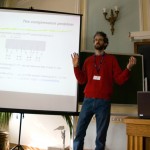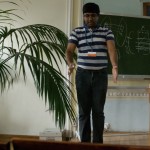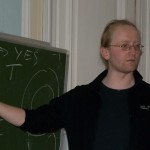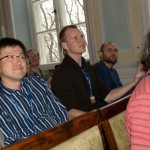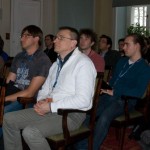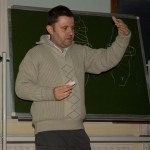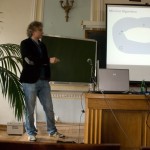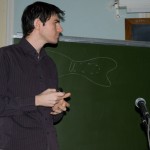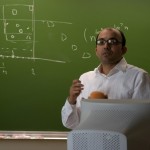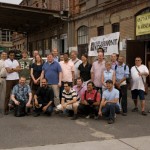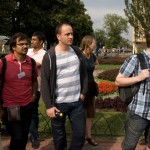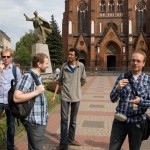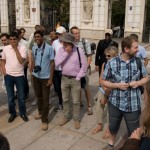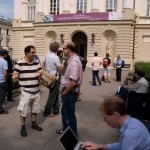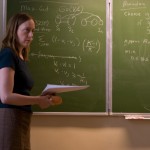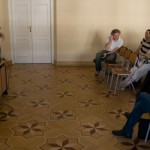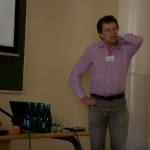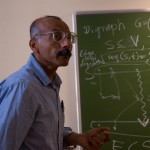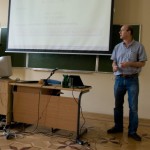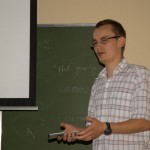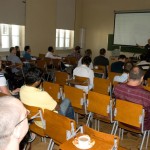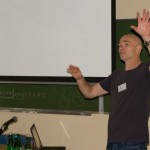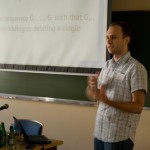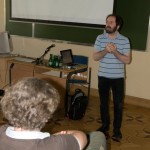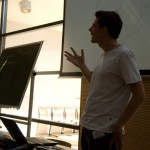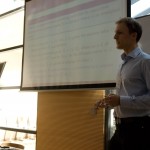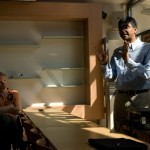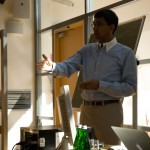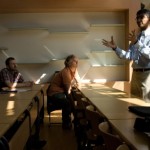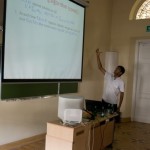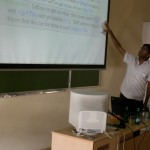____________________________________________________________
On behalf of the Steering Committee of ESA and the Program Committee of ESA 2017,
I would like to invite you to attend the ESA conference and the ESA Test-of-Time 2016 Award Ceremony. The ceremony will take place on the afternoon of 5th of September during ESA 2017 in Vienna and it will include the presentation by the awardees of the recognized paper.
_____________________________________________________
Announcement of the ESA Test-of-Time Award 2016
European Symposium on Algorithms (ESA)
http://esa-symposium.org/
____________________________________________________________
The ESA Test-of-Time Award (ESA ToTA) recognizes excellent papers in algorithms research that were published in the ESA proceedings 19-21 years ago and which are still influential and stimulating for the field today. In this second year in which the award is given, papers from ESA'95 to ESA'97 were considered.
The committee nominates the following paper for the ESA ToTA 2016. The paper stands out as a classic in the algorithms field and by its excellent citation
record still relevant today.
From ESA 95-97:
Boris V. Cherkassky, Andrew V. Goldberg
Negative-cycle detection algorithms
Proceedings ESA'96, also in: Mathematical Programming 85:2 (1999) 277-311
Laudation:
The paper by Cherkassky and Goldberg deals with the problem of finding a
negative-length cycle in a network or proving that there is none. Algorithms
for this are a combination of a shortest-path algorithm and a negative-cycle
detection strategy. The authors analyse known algorithms and some new ones
and determine the best combinations. Novel instance generators are used in
this study. The paper is a model experimental paper in algorithms.
ESA ToTA 2016 Award Committee:
Kurt Mehlhorn (Saarbrucken)
Mike Paterson (Warwick)
Jan van Leeuwen (Utrecht)
____________________________________________________________



